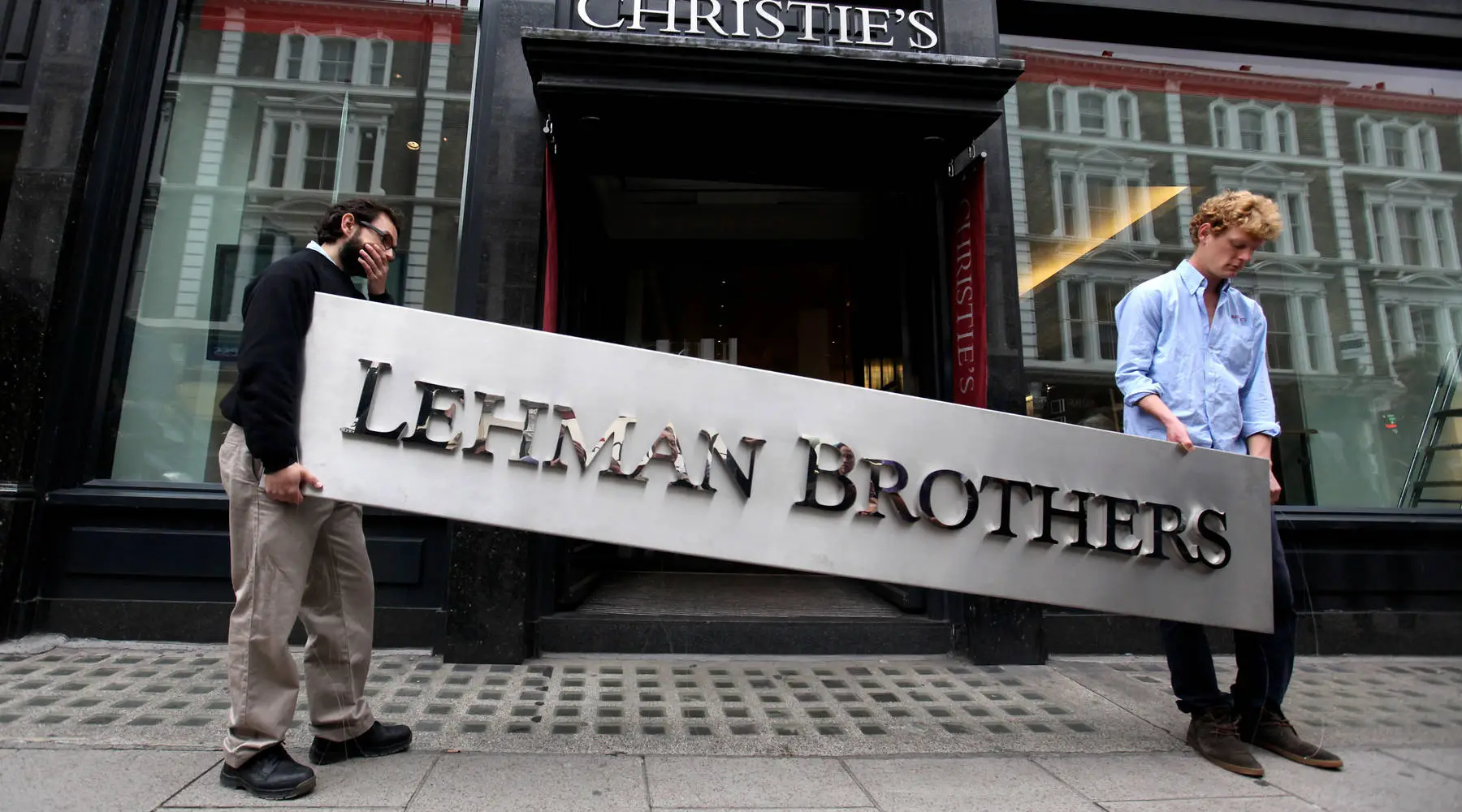
Why did Jaguar fail? What went wrong with Jaguar Worldwide
Jaguar, the prestigious British car manufacturer, was known for its high unreliability. However, the lack of reliability wasn’t the primary factor contributing to its decline. A series of events unfolded that led to the worldwide decline of the jaguar.
1. Ownership Instability
Over the years, Jaguar changed hands multiple times:
British Leyland → Ford (1989) → Tata Motors (2008)
Under Ford, Jaguar lost its sheer uniqueness. Tata did positive things (XF and F-Type), but the investment being very thinly spread between Jaguar and Land Rover.
2. Inconsistent Brand Identity
Jaguar has struggled with positioning itself as a luxury car brand, a sports car brand, or a futuristic-tech kind of brand. While its design was often praised, it has failed to unequivocally communicate its distinctiveness. Land Rover successfully established its market position by developing a diverse range of product lineups.
I. Land Rover Discovery (Mid-to-upper premium segment)
II. Land Rover Range Rover (High-end luxury)
III. Land Rover Defender (lifestyle luxury off-roader)
3. Internal Competition with Land Rover
Since Jaguar and Land Rover exist in the same group (JLR), Land Rover SUVs outsold Jaguar cars significantly. The consumer preference for a Range Rover over a Jaguar sedan was tough on Jaguar’s sales, leading JLR to prioritise Land Rover over Jaguar.
4. Downfall of Sedans
By 2015, sedans held an approximate overall market share of 75%, which decreased to nearly 30% as consumers shifted their preferences favourably toward SUVs. As a luxury sedan maker, Jaguar inevitably faced the hardships posed by the drastic market changes affecting the sedan segment.
IS THIS THE END OF JAGUAR?
NO!!








